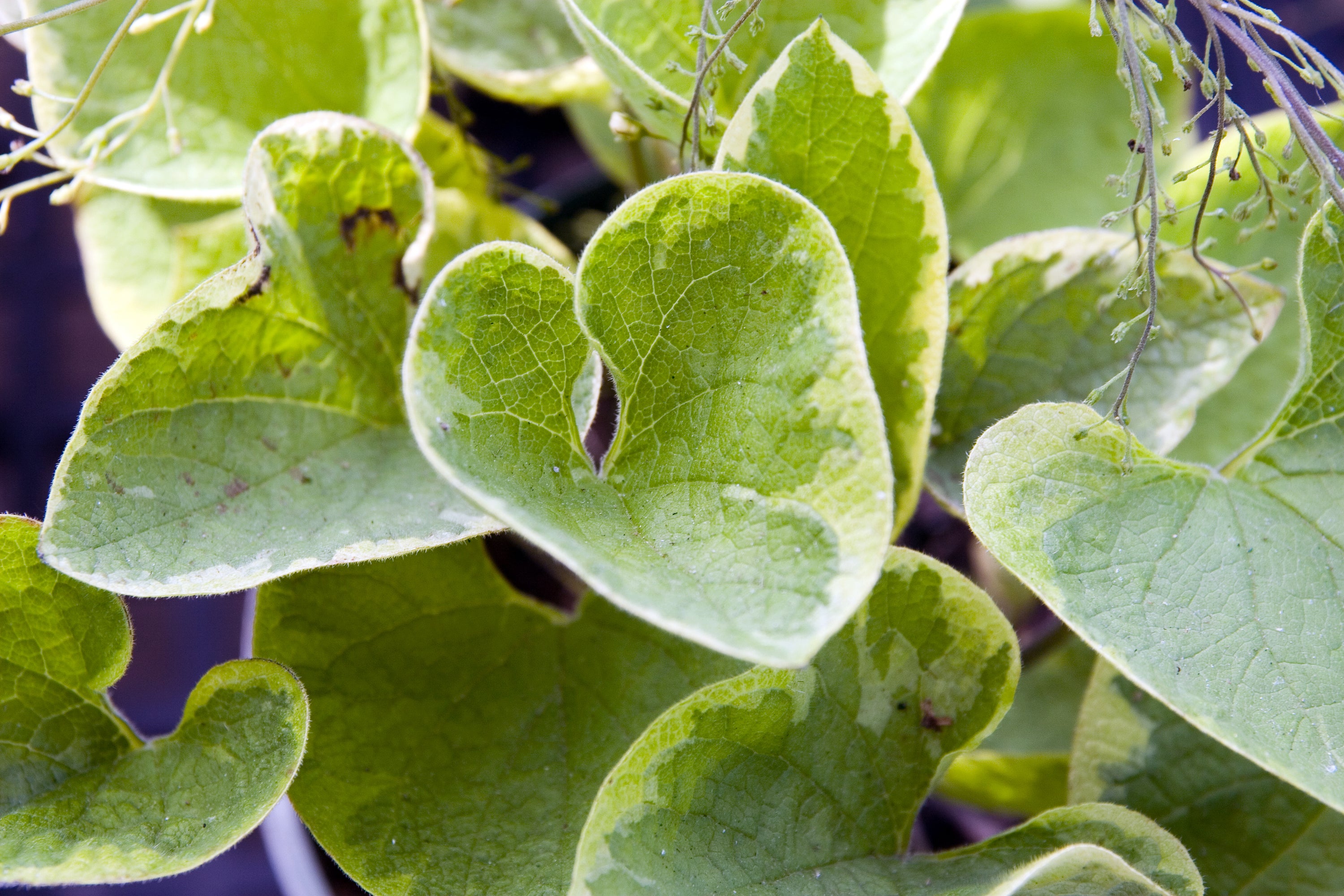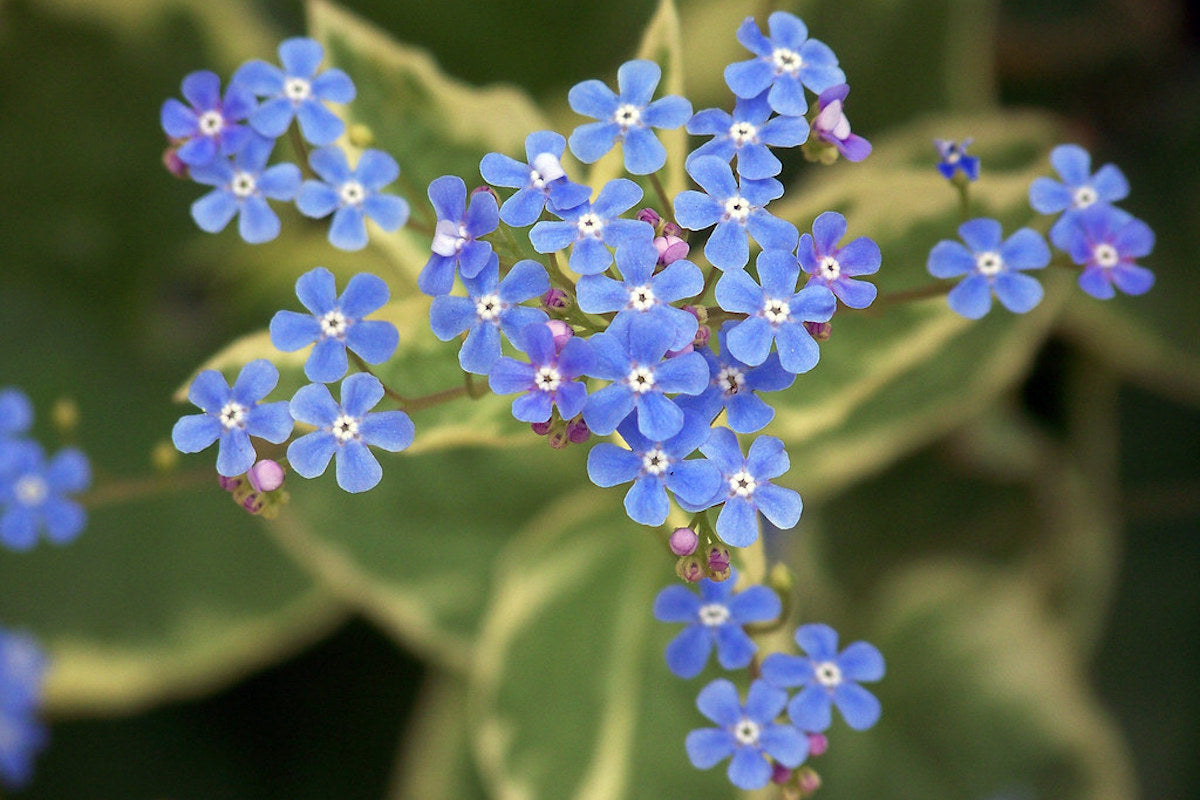Brunnera macrophylla 'Hadspen Cream'
Approx. 0.5 litre pot
About this cultivar:
Brunnera macrophylla 'Hadspen Cream' was raised by English plantsman Eric Smith and is a robust alternative to ‘Jack Frost’, with mid-green heart-shaped leaves edged irregularly with creamy yellow. It is free flowering and makes good, dense ground cover once established, especially in part shade. Has the Royal Horticultural Society Award of Garden Merit. Not all variegated plants can boast the sophisticated beauty displayed by this introduction’s lovely foliage!
- Position: Full sun, Partial shade, Full shade
- Soil: Almost any soil
- Flowers: February, March, April, May, June
- Other features: Royal Horticultural Society Award of Garden Merit (RHS AGM), Great Ground Cover, Dappled Shade or Full Shade Loving, Woodland plant
- Hardiness: H6 - Hardy in all of UK and northern Europe (-20 to -15°C)
- Habit: Clump forming, Bushy
- Foliage: Deciduous
- Height: 15 - 45 cm (0.5 - 1.5 ft)
- Spread: 15 - 45 cm (0.5 - 1.5 ft)
- Time to full growth: 2 to 5 years
- Plant type: Herbaceous Perennial
- Colour: White, green
- Goes well with: Use as Groundcover. Dicentra, We also grow it with Geranium and Centaurea. You can also try it with Carex, Helleborus, or small ferns.
About this genus:
Brunnera is a genus of flowering plants in the family Boraginaceae. They are rhizomatous perennials, native to the woodlands of Eastern Europe and North West Asia where they thrive in cool, consistently moist locations. Numerous cultivars are available, most of which are used as groundcover in dappled shade. Some possess variegated foliage.
The genus gets its name from the Swiss botanist, Samuel Brunner, (1790-1844 ) who was a famous plant collector in the early 1800s who explored Crimea, the Caucasus, Siberia, Italy, and western Africa. Brunnera is known for its attractive, often hairy, heart-shaped leaves and clusters of small, blue or white, forget-me-not-like flowers. The genus brunnera contains just 3 species and unsurprisingly is very closely related to myosotis (Forget-me-not). The best known species to gardeners is macrophylla which in Latin means large-leaves (although you may know it as Siberian bugloss). Bugloss comes from Greek meaning ox tongue in probable reference to the roughness and shape of the leaves.
Brunnera grows best in part-shade or shade that is not too dry (not a problem here in Ballyrobert!). You can try it in full sun but it must have consistent moisture as the plants fade fast in very dry conditions. Soil wise we have not found Brunnera to be fussy at all.
Brunnera makes good groundcover and mass plantings in flower make many people ohh and ahh. Other plants that enjoy the same conditions as Brunnera, such as Dicentra, make grood partners. We also grow it with Geranium and Centaurea. You can also try it with Carex, Helleborus, or small ferns.








